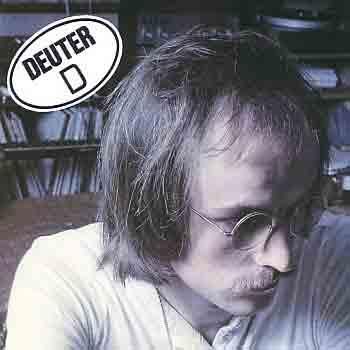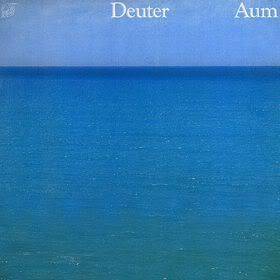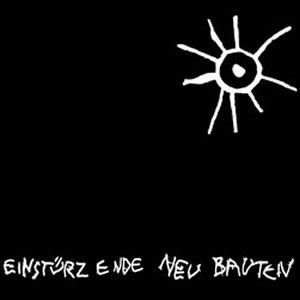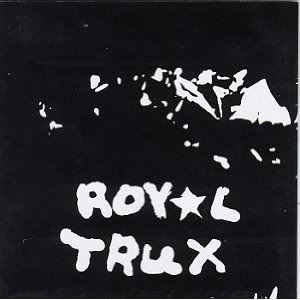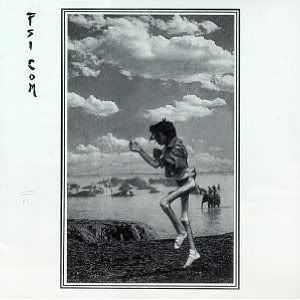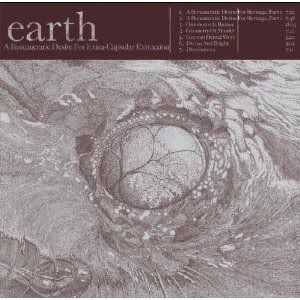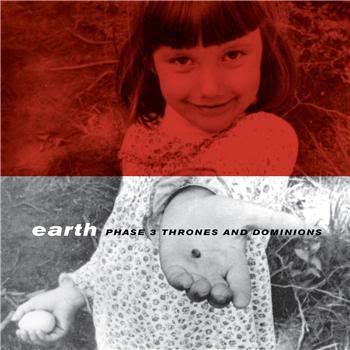
Sub Pop, 1995; available
8 tracks, 55:04
Completing the trilogy of early Earth releases, PHASE 3: THRONES AND DOMINIONS was widely ignored or trashed upon its release. This is definitely the least heavy of their early works; there's no bass, and most tracks are Dylan Carlson solo with his guitar. Still, being Earth, there's a lot of guitar power and distortion here! Opener "Harvey" is under three minutes, a massive change from the equally massive EARTH 2. It's a nice little number, coming across like a drumless Melvins outtake. Actually, half of these tracks are under four minutes, and the longest is just under fifteen. Quite a change from the three-song seventy-plus-minute leviathan that was EARTH 2! Tommy Hansen contributes additional guitar to "Harvey" and "Song 4"; the latter is honestly pretty, with its acoustic guitar touches and repetitive electric riff. "Tibetan Quaaludes" and "Site Specific Carnivorous Occurrence" (featuring Rick Cambern on drums) definitely prove this is the same band, with their heavy guitar sludge and droning amplifier buzz. The real surprises are the two epics. "Phase 3: Agni Detonating Over The Thar Desert..." is the sounds of a desolate and wind-blasted landscape for twelve and a half minutes, while "Thrones And Dominions" is a truly beautiful piece of heavy ambient music (and the longest track on here). The other two tracks, "Lullaby (Take 2: How Dry I Am)" and "Song 6 (Chime)", are pleasant little songs; "Song 6 (Chime)" is particularly pretty in a music box-esque way. The best way to approach PHASE 3 is as a transitional album; the following PENTASTAR: IN THE STYLE OF DEMONS mostly deserves its bad reputation, since it took the blueprints of PHASE 3 and made Earth more accessible than they should have tried to be. I'd think of PHASE 3 as Earth's true ambient album.
